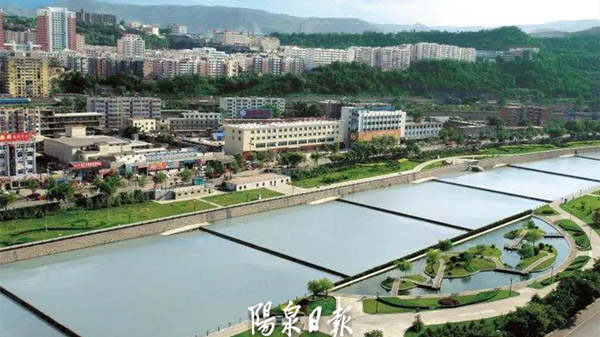Delivery for 'Double 11' festival goes driverless
For most Chinese consumers, the annual "Double 11" festival, the Chinese equivalent of Black Friday, means a simple tap on a mobile phone to buy goods at attractive prices and then wait for their arrival.
For deliverymen like Feng Haibin in Yangquan, Shanxi province, the annual shopping spree has meant long hours and countless packages. But this year's Nov 11 shopping spree has been made easier with the addition of a new team member – a driverless delivery vehicle similar in size to a Smart car from Mercedes-Benz.
With a carrying capacity of 600 kilograms, the driverless delivery vehicle can travel at 15 kilometers per hour, and deliver nearly 800 packages a day.
"This little 'colleague' can help me reduce my working time by an hour each day," said Feng. "Now, I no longer have to worry about the workload during peak seasons like the 'Double 11' festival or Spring Festival."
Last year, China's express delivery volume exceeded 110 billion items, ranking first in the world for the ninth consecutive year. The use of driverless technology has the potential to further boost the market scale.
In Yangquan, home to 1.3 million people, 12 driverless vehicles can deliver close to 10,000 items daily.
"Each of them is equipped with two laser radars and 11 cameras, which enable them to sense traffic lights, vehicles and pedestrians within 120 meters. They are also equipped with a chip that allows them to automatically plan routes under different road conditions," said Cui Yu, a driverless vehicle technician.
When a driverless vehicle passes through populated areas, it automatically reduces its speed and broadcasts voice alerts to pedestrians in the vicinity. In the event of sudden obstacles such as children or dogs, the vehicle can engage emergency braking, with a braking distance within 1 meter at a speed of 15 km/h.
In extreme situations, a human operator can remotely control the vehicle using 5G.
Shi Yue, who works in the R&D department of driverless vehicle producer Neolix Technologies, said that the successful operation of the vehicles in a mountainous city like Yangquan proves that it can be used almost anywhere. In fact, in metropolises like Beijing, Shenzhen and Hangzhou, there are more driverless delivery vehicles on the road.
"I had only seen such driverless vehicles before on school campuses and in industrial parks. I didn't expect to see one on the city streets," said a woman surnamed Wu from Hangzhou, Zhejiang province, a place known for cutting-edge technologies. It is estimated that by the end of this year, hundreds of driverless delivery vehicles will be put to use in the city.
Zhao Xinsui, vice-president of Neolix, said that their products have already been exported to 12 countries in Asia, Europe and other continents, and have been used in communities and hospitals, among other places.
In addition to companies like Neolix that focus on driverless vehicles, e-commerce retailers such as Alibaba and Meituan are also developing driverless delivery vehicles.
China International Capital Corporation forecasts that China's driverless delivery market could reach 170 billion yuan ($23.3 billion).
Thanks to technological advancements and a comprehensive industrial chain integrating 5G communication, automobile manufacturing and the computing industry, the cost of driverless delivery vehicle production in China has continued to decline.
According to Shi, since the first batch of driverless vehicles rolled off production lines in 2018, the maximum design speed has been increased from 5 km/h to 60 km/h, the number of laser radars reduced from five to two, and the cost of one vehicle has come down by more than half.
In terms of the operation of driverless technology, this "Double 11"festival holds considerable significance.
"The man-machine collaboration model will be the general trend of the development in the logistics industry, which could greatly help lower costs and improve efficiency," said Zhao.





